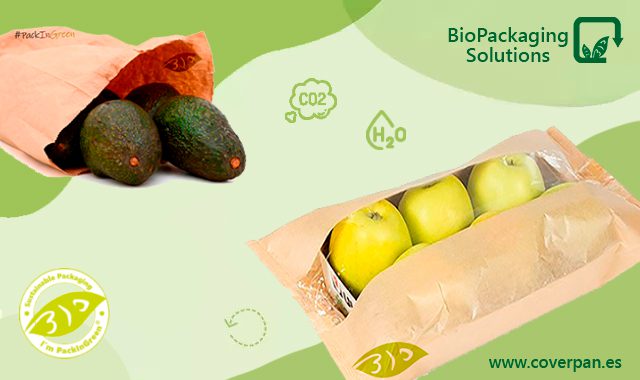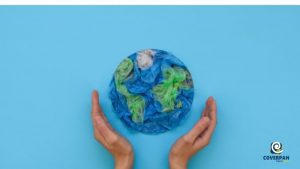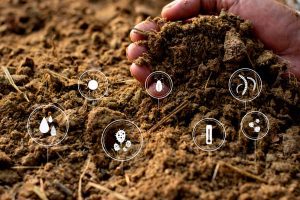Businesses and consumers are increasingly aware of the importance of turning linear economy into circular economy, where resources are recycled. Compostable packaging helps us to achieve this goal.
Did you know that globally only 9% of the plastic waste we generate ends up recycled? The rest are on garbage dumps or in our natural environment and a large part ends up in the sea, where marine animals ingest these microplastics.
Time to act has arrived and, in view of the global need, at Coverpan we have decided to invest in the development of a new line of compostable packaging: PackInGreen.
Fruit and vegetable market is one of the segments that generate most food waste
Fruit and vegetables lead food waste in Spain. Fruits and vegetables are the most wasted products in Spanish households, accounting for 44.3% of the 1,146 million kg/l of unprocessed food that went into the trash in 2019.
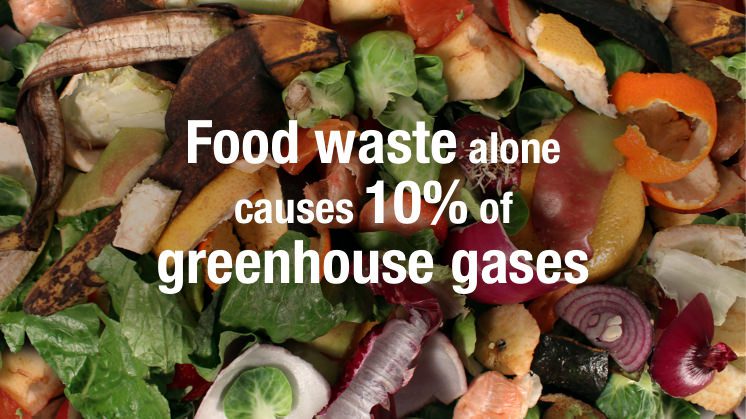
To overcome this serious problem, we can use the help of packaging. Although they have been demonised in recent years, packaging helps us to extend the life of food and reduce wastage. What is the key? Finding sustainable and safe solutions to replace plastic packaging.
How do we do it?
Driven by population growth and economic development, the volume of plastic on the market is expected to double by 2040. This would make the annual volume of plastic that ends up in the ocean almost triple.
To avoid this, we need to think about which plastic containers are marketed. We need to REMOVE the plastics we don’t need, going beyond just removing straws and transport bags, scaling up new innovative models that deliver products to customers with reusable, compostable packaging or directly without packaging.
Packaging companies must transform and replace plastic items to make them reusable, recyclable or compostable. Also to increase our capacity to collect and circulate these items in practice, we need to:
Invest in collection and selection systems. By 2025, industrial composting plants are expected to be set up in all municipalities in Spain. Ecoembes has also recently launched a new recycling reward system called “Reciclos”. Although progress is being made, the current infrastructure must continue to be improved to make it easier for consumers to manage their waste.
- If we were to deploy all known solutions to plastic waste at the maximum realistic speed and scale, by 2030.
To accelerate the transition to a Circular Economy, we must INNOVATE at unprecedented speed and scale towards:
- New business models
- Product design
- Materials
- Technologies
- Collection systems
Compostable Eco-Friendly packaging
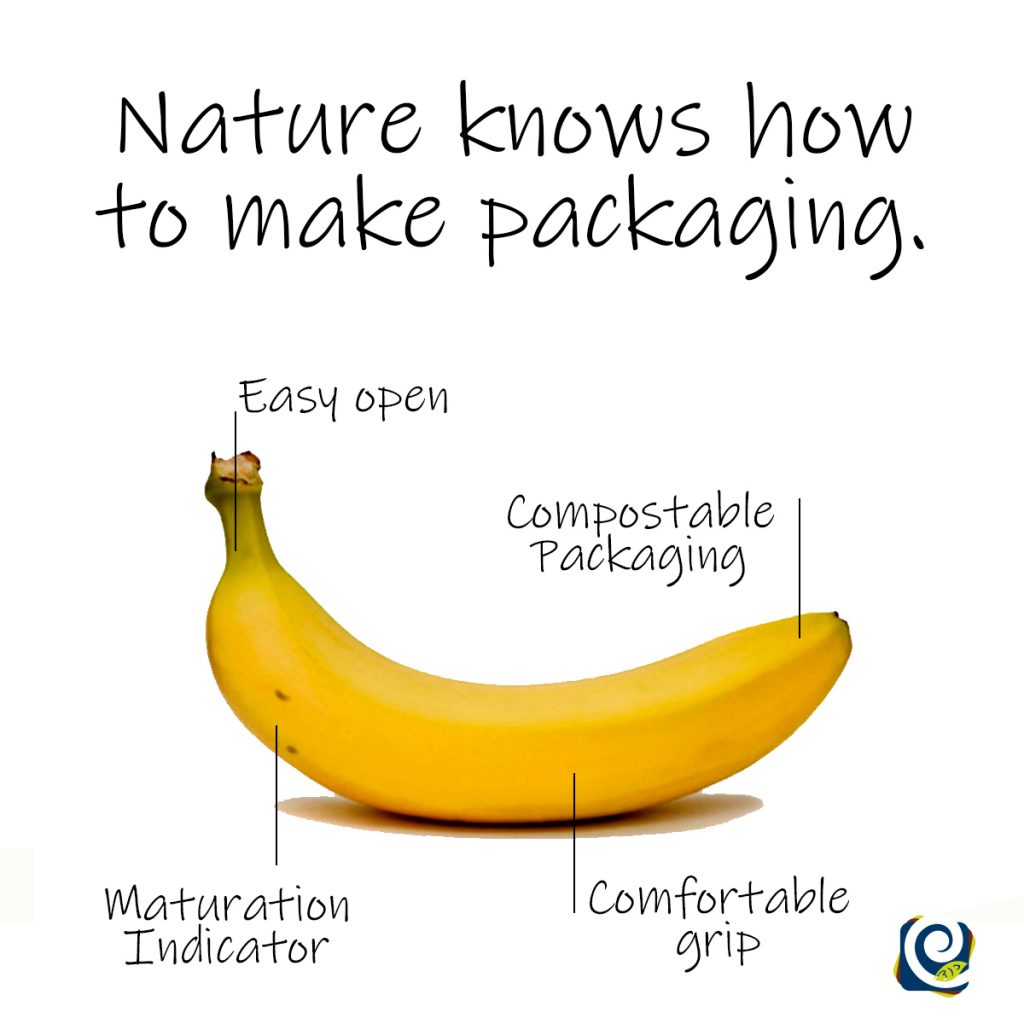
Can a vegetable packaging protect food with a guarantee?
Can we be sure that food security will not be compromised?
What PackInGreen packaging?
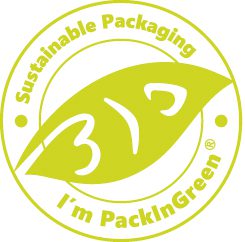
Compostable packaging has an interesting list of advantages
PackInGreen solutions proposed by Coverpan have characteristics that make them the best alternative to plastic packaging:
- Our PackInGreen packaging comes from plant-based materials, i.e. from renewable sources.
- The entire product? is compostable, in other words, the film or paper as well as the adhesives and inks used in the production of the packaging.
- It is a compostable packaging, so after use, even if it has food residues, it is deposited in the brown bin together with the organic matter.
- It has similar mechanical properties to conventional materials, so from a functional point of view it offers the same guarantees of use in vertical and horizontal machines.
- PackInGreen packaging adds value to your product, offering an ecological and sustainable image of your product or company.

Antifog
Solutions with anti-fog properties to prevent water condensation.

Transpirable
Highly breathable packaging to allow fresh food to breathe.

Freezing
Packaging films resistant to freezing up to -24ºC.

MAP
High barrier complexes for IV and V range food.
CVBIO
Bobina de papel con laminación interior biodegradable y compostable
Paquete CVBIO
Muestra de envase fabricado con una bobina de CVBIO para máquina flowpack
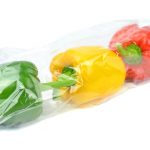
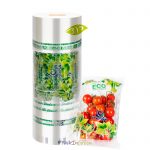
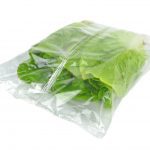
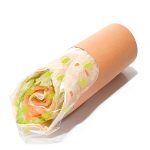
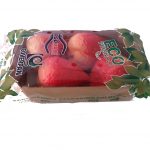
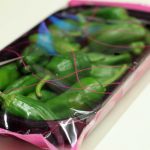

The advantage of anticipating legal requirements
The 2030 Agenda provides for 17 SDGs or measures and targets by and for sustainability. In the field of plastic packaging, the UN establishes a transition period until 2030 where gradually both the packaging industry and consumers will have to adapt.
By opting for PackInGreen solutions allows companies can add added value to their brands because it is evidence of our commitment to the future of the planet.
Sustainable packaging is more than a trend, it is here to stay. Shall we talk?

